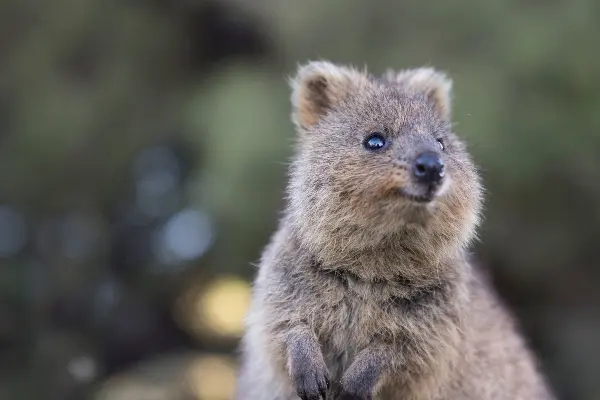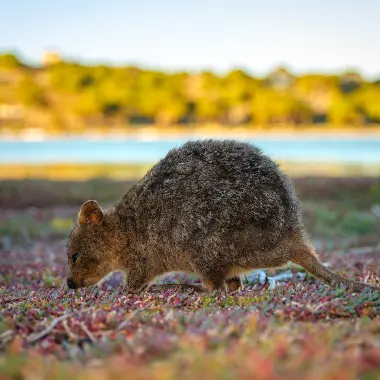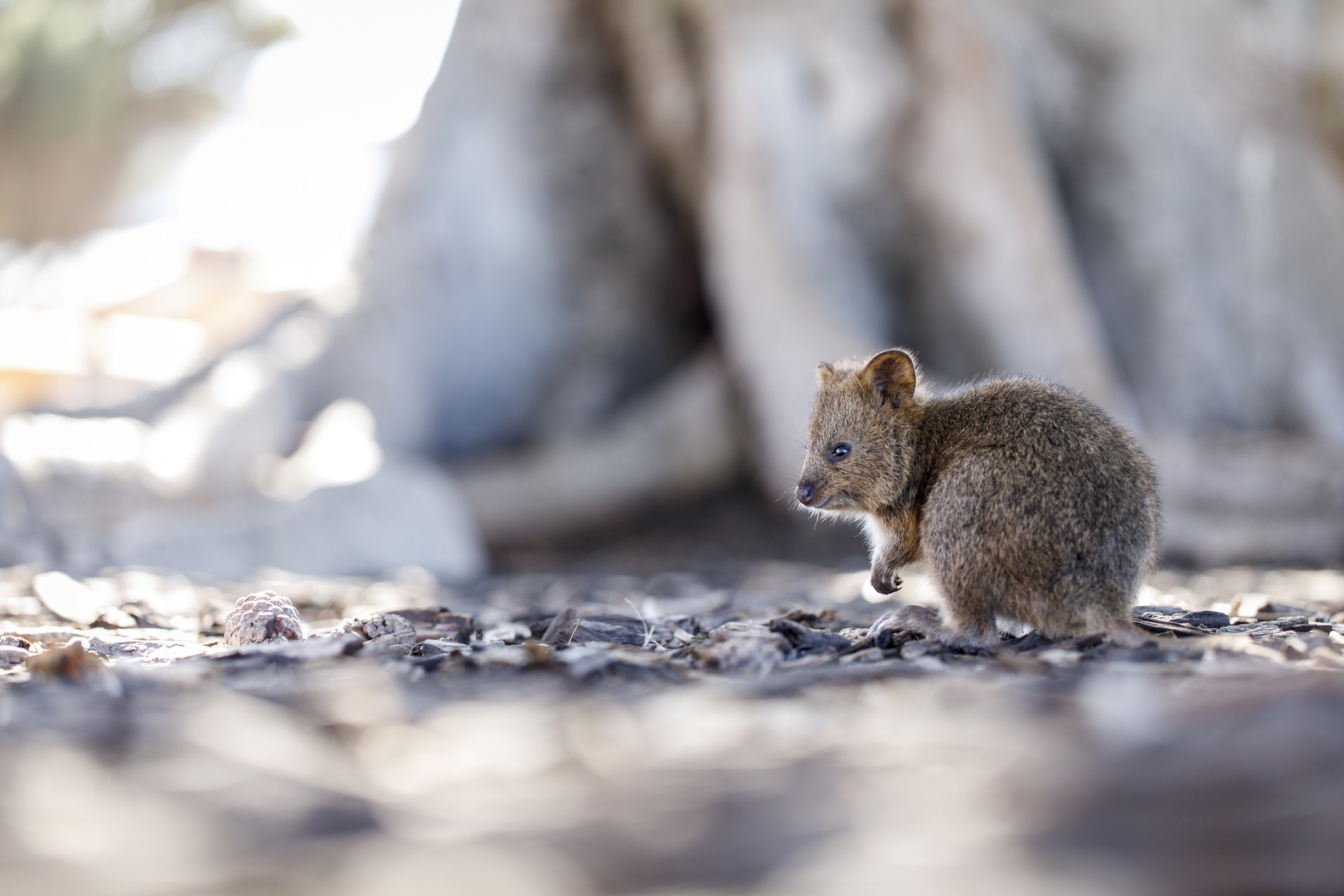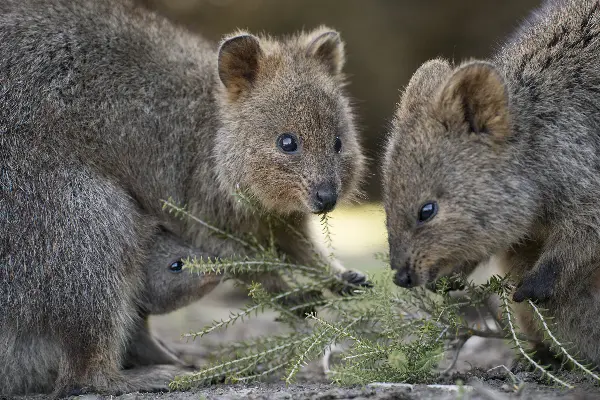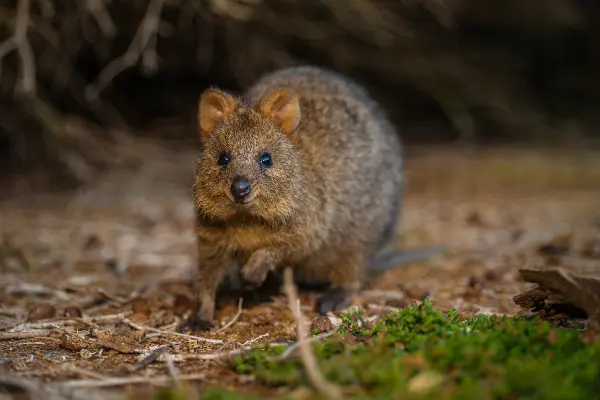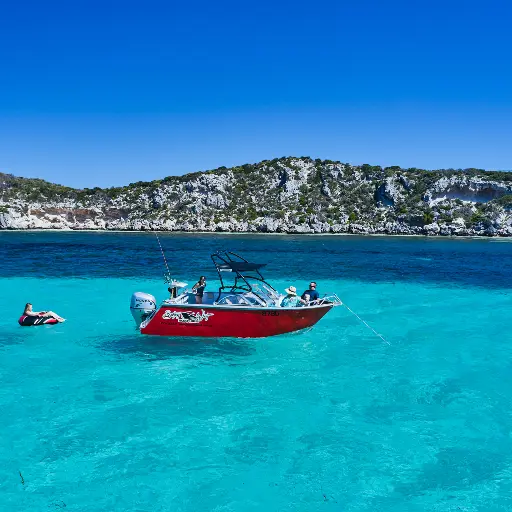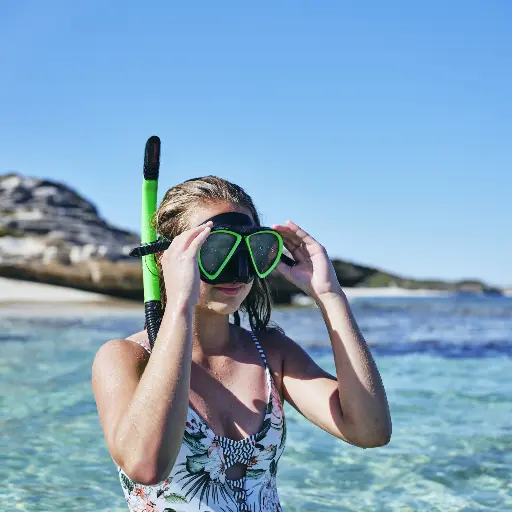There’s more to this marsupial
Quokkas were first observed in 1658 by Dutchman, Samuel Volkersen. Later, Dutch explorer Willem de Vlamingh named the island 'Rotte nest' (meaning 'rat's nest'), due to the quokka’s rat-like appearance.
The name ‘quokka’ comes from the Noongar name ‘kwoka', given to the animal by the Aboriginal people in the Augusta and King George Sound area of south-west Western Australia where quokkas are also found.
Like other marsupials, such as kangaroos, wallabies, wallaroos, bettongs, and potoroos, female quokkas carry their young in pouches. Quokkas give birth in late summer and their young remain in their pouches until August or September. After about one-and-a-half to two years of age, the quokka reaches maturity, reaching a size similar to a house cat and living to about ten years of age.





